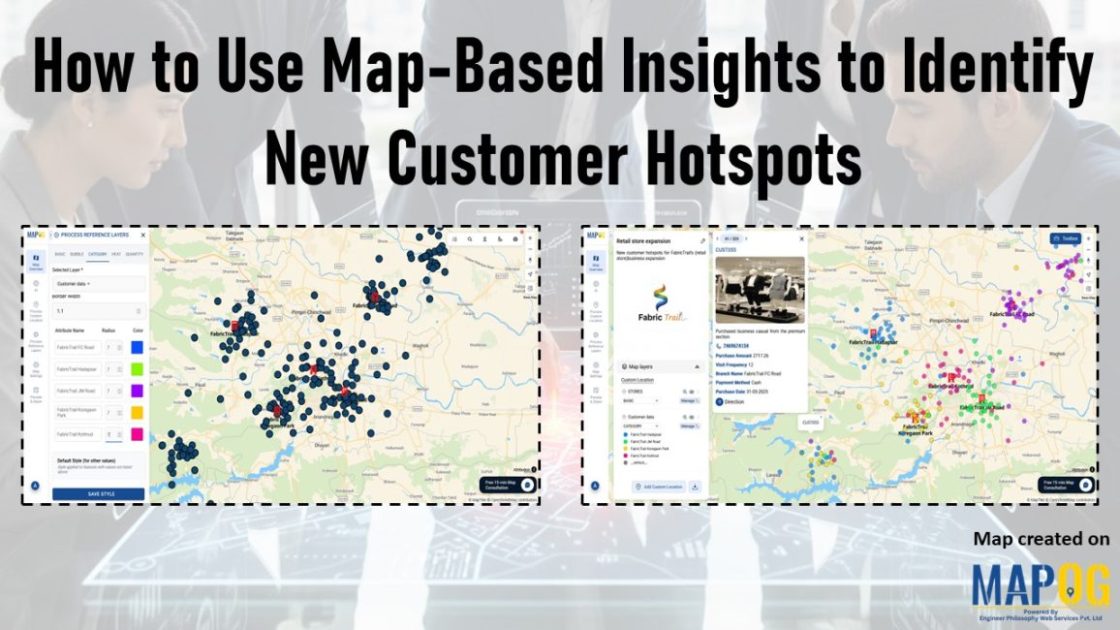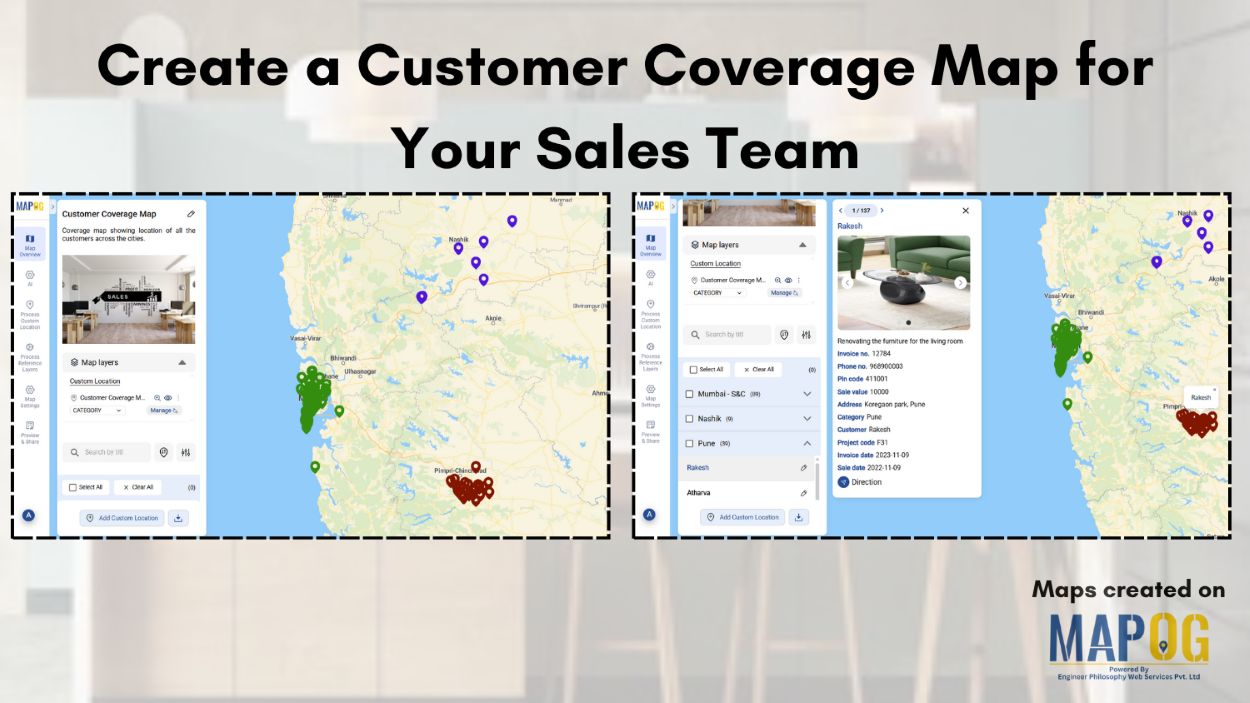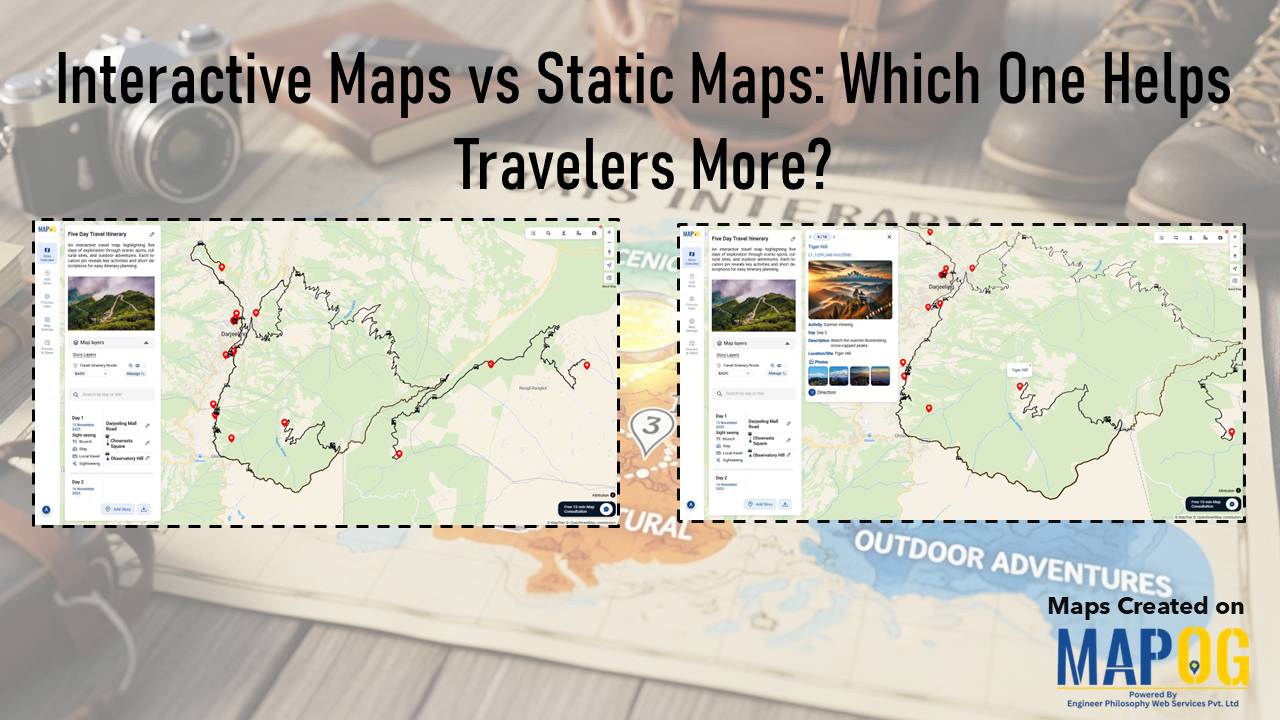How to Use Map-Based Insights to Identify New Customer Hotspots
In fast-changing markets, the real challenge isn’t gathering data, it’s knowing where demand is quietly building. Many teams still rely on static reports and broad assumptions, which often miss the early signals of emerging customer interest. As a result, high-potential areas go unnoticed while resources stay concentrated in familiar zones. That’s why it’s important to … Read more









